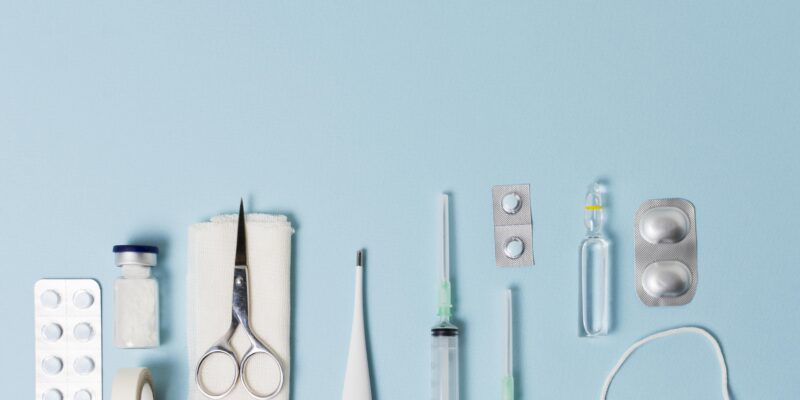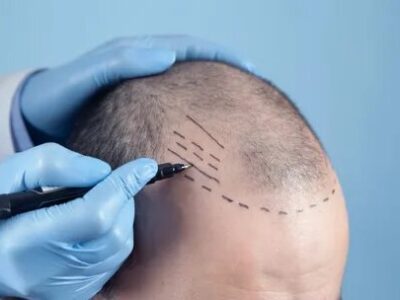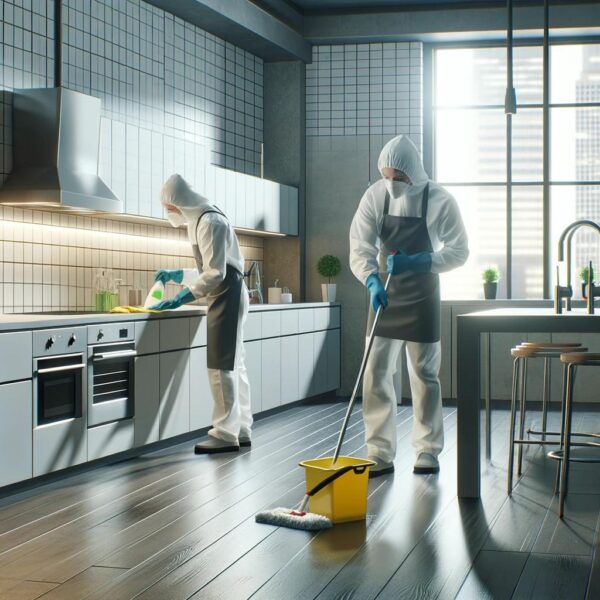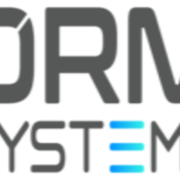Proper clinical waste disposal is a crucial aspect of healthcare management that protects public health and the environment. In hospitals and clinics, clinical waste can encompass a wide range of materials, from sharps like needles and scalpels to contaminated materials, chemicals, and pharmaceuticals. Due to its hazardous nature, clinical waste must be managed and disposed of following strict regulations and guidelines. This article provides a comprehensive step-by-step guide for healthcare facilities to ensure safe and effective clinical waste disposal.
Understanding Clinical Waste
Clinical waste, also known as biomedical waste, refers to any waste generated in healthcare settings that may pose a risk to human health or the environment. According to the World Health Organisation (WHO), clinical waste can be categorised into several types:
- Infectious Waste: Waste that contains pathogens, such as blood, bodily fluids, or contaminated items.
- Sharps Waste: Items that can puncture or cut skin, including needles, blades, and broken glass.
- Pathological Waste: Human tissues, organs, and other anatomical parts.
- Pharmaceutical Waste: Expired or unused medications and vaccines.
- Chemical Waste: Hazardous substances, including reagents and solvents.
- Radioactive Waste: Waste generated from radioactive materials used in medical treatments and diagnostics.
Given the potential dangers of clinical waste, it is essential to follow specific disposal protocols to minimise risks.
Step-by-Step Guide to Clinical Waste Disposal
Step 1: Identify Clinical Waste
The first step in clinical waste disposal is to identify and segregate the waste correctly. Proper segregation ensures that different types of waste are disposed of using appropriate methods. Healthcare facilities should have clearly marked bins for different types of clinical waste, including:
- Yellow Bins: For infectious and biodegradable waste.
- Red Bins: For non-infectious clinical waste.
- Sharps Containers: For all sharp objects, which should be puncture-proof and clearly labeled.
Training staff to recognise and segregate waste at the point of generation is critical in preventing contamination and ensuring efficient waste management.
Step 2: Use Personal Protective Equipment (PPE)
Before handling clinical waste, healthcare workers must wear appropriate personal protective equipment (PPE). This may include gloves, masks, gowns, and eye protection to prevent exposure to hazardous materials. Proper PPE protects staff from potential infections and reduces the risk of contamination during waste handling.
Step 3: Store Clinical Waste Safely
Once waste has been segregated, it must be stored safely until disposal. Clinical waste should be kept in a designated area that is clearly marked and secured to prevent unauthorised access. The storage area should have the following characteristics:
- Lockable: Access should be restricted to trained personnel.
- Cool and Dry: Avoid areas that are hot or humid to prevent the degradation of waste and the growth of pathogens.
- Well-Ventilated: Good airflow reduces odors and minimises health risks.
Additionally, clinical waste bags or containers should not be overfilled to avoid spillage and ensure safe handling.
Step 4: Schedule Regular Waste Collection
Healthcare facilities should establish a regular waste collection schedule with a licensed clinical waste disposal service. This ensures that waste is removed promptly and minimises the time it spends on-site, reducing the risk of contamination and odor. The service provider should comply with local regulations regarding clinical waste disposal and be able to provide proof of compliance.
Step 5: Transport Clinical Waste Safely
During transportation, clinical waste must be handled carefully to prevent spillage or exposure. Staff should follow these guidelines:
- Use Trolleys or Carts: Transport waste using appropriate equipment to avoid manual handling.
- Label Waste Clearly: Ensure that all bags and containers are clearly labeled with the type of waste they contain.
- Follow Protocols: Adhere to facility protocols for moving clinical waste through corridors and common areas to avoid public exposure.
Step 6: Dispose of Clinical Waste Properly
Disposal methods for clinical waste vary based on local regulations and the type of waste involved. Common disposal methods include:
- Incineration: A common method for treating infectious and pathological waste, where waste is burned at high temperatures to reduce it to ash.
- Autoclaving: Sterilising waste using high-pressure steam to eliminate pathogens before disposal.
- Landfill: Non-hazardous clinical waste may be disposed of in a landfill if it meets local regulations.
- Chemical Treatment: Certain chemical wastes require specific chemical treatments to neutralise hazardous properties before disposal.
It’s important to work with licensed waste disposal companies that can provide the appropriate methods for different types of clinical waste.
Step 7: Maintain Records and Compliance
Healthcare facilities are required to maintain accurate records of clinical waste generation, handling, and disposal. Documentation should include:
- Types and Quantities: Record the types and quantities of waste generated.
- Disposal Dates: Log the dates when waste was collected and disposed of.
- Service Provider Information: Keep records of waste disposal service providers, including compliance certificates.
Regular audits and reviews of waste management practices can help identify areas for improvement and ensure compliance with local regulations.
Step 8: Train Staff Regularly
Ongoing training and education for staff are crucial in maintaining effective clinical waste management practices. Training should cover:
- Waste Identification: Understanding different types of clinical waste and appropriate disposal methods.
- PPE Usage: Proper use and disposal of personal protective equipment.
- Emergency Procedures: Protocols for dealing with accidents, spills, or exposure to hazardous waste.
Conducting regular training sessions ensures that staff remain informed about best practices and compliance requirements.
Conclusion
Clinical waste disposal is an essential responsibility for hospitals and clinics, requiring careful attention to detail and adherence to regulations. By following this step-by-step guide, healthcare facilities can effectively manage clinical waste, reducing risks to public health and the environment. Regular training, safe storage, and proper disposal methods are all critical components of a successful clinical waste management program. By prioritising these practices, hospitals and clinics can ensure a safe environment for patients, staff, and the wider community while meeting their legal obligations. Implementing these guidelines not only enhances safety but also contributes to the overall efficiency and reputation of healthcare facilities.












